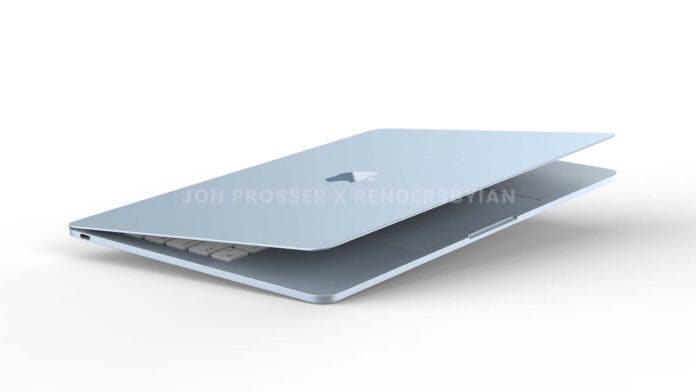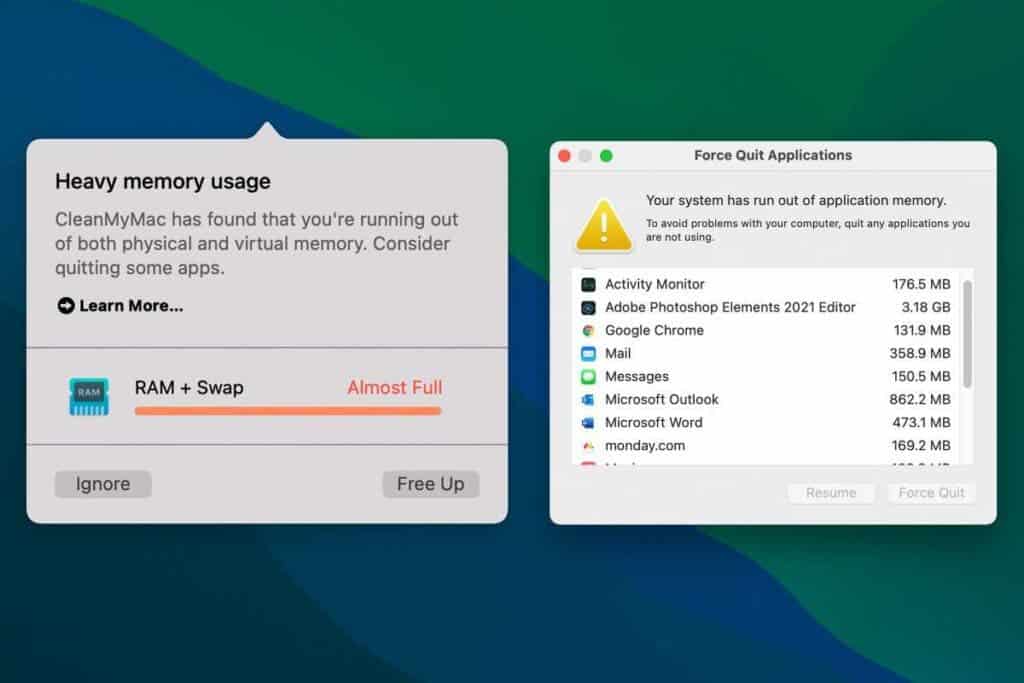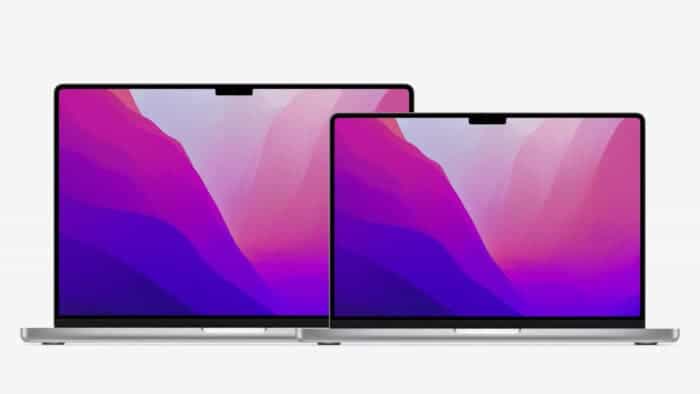Apple’s MacBook naming pattern can be a little confusing especially for people who are new to MacBooks. The company will release up to five Mac devices next year. However, Apple is ready to simplify the product line naming strategy with the new Macs. The company will clearly differentiate between the Pro and non-Pro models. The five new Mac computers that will arrive in 2022 include the new “high-end iMac”, the redesigned “MacBook Air”, the updated Mac mini, the entry-level MacBook Pro, and the Mac Pro with Apple chips.

The leakster “@Dylandkt” claims that the new “MacBook Air” may be named “MacBook”. However, the high-end iMac will come with the name iMac Pro. In this way, Apple’s notebook product line will only have passive MacBook and higher-performance MacBook Pro. The all-in-one products only have the 24-inch iMac and the new iMac Pro.
Apple has also introduced a 12-inch MacBook model, which uses passive cooling like the current MacBook Air. The positioning of these two models is basically the same. In terms of iMac, Apple previously had two iMacs – iMac 21 and iMac 27. Of course, there is also the 27-inch iMac Pro. Currently, the new 24-inch iMac replaces the original 21-inch model, and the new “high-end iMac” is expected to replace the old 27-inch iMac and iMac Pro.
Apple MacBook (M1 Version) plagued with memory leak issues
Apple MacBook Pro (M1 Version)is quite good in terms of performance speed, battery life, and overall upgrade. However, there are some issues with Apple M1 MacBooks that significantly affect their useability sometimes. The MacBook sometimes constancy restarts, freezes, and crashes mostly due to memory loss issues. It is a bit difficult to identify how these issues manifest, they tend to be random. In fact, it occurs as though the user had some bad app installed.

According to Gregory McFadden, the Control Center of the MacBook uses 26GB of the 64GB of RAM on his new MacBook Pro. For some users, the Control Center does not use up so much RAM. However, these users usually spot other apps like Safari and Photoshop Elements using up abnormally high memory. This abnormal memory loss causes the Apple MacBook to slow down and sometimes, the device will restart. To make the Apple MacBook run smoother, users will have to quit apps to free up memory space. Closing tabs from the browser is a good way to free up space.
The Apple M1 chip comes with a new pattern as it integrates the memory on the same package as the system-on-chip. However, it is possible that macOS isn’t utilizing this memory structure properly. This means that the system probably allocates more RAM than it has to give up. This is commonly referred to as a “memory leak”. Of course, the system is losing a whole lot of RAM and the performance will deteriorate. The user either has to wait for RAM to clear up or forcefully quit some apps. Alternatively, users can restart the system to get it working properly again.





